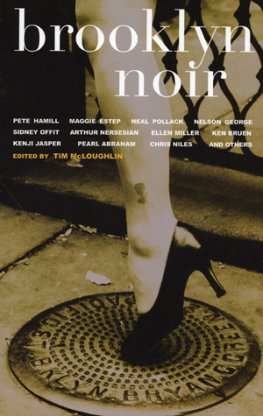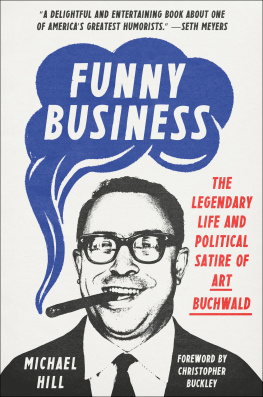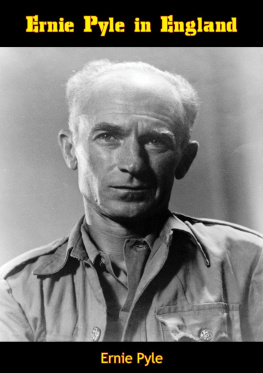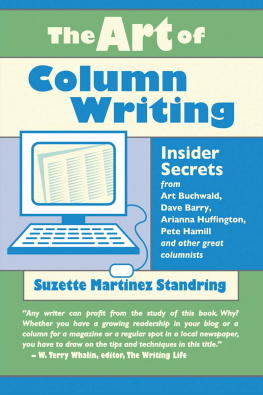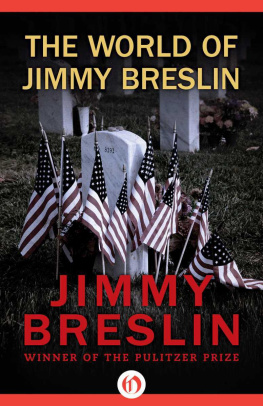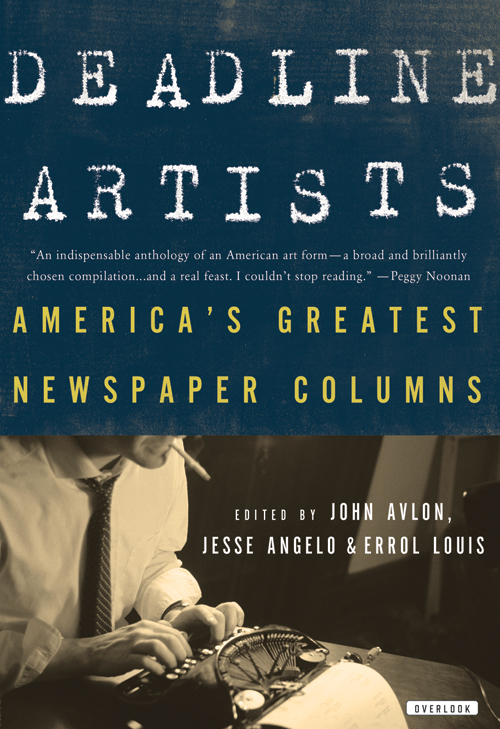This edition published in the United States in 2011 by
The Overlook Press, Peter Mayer Publishers, Inc.
141 Wooster Street
New York, NY 10012
www.overlookpress.com
For bulk and special sales, please contact sales@overlookny.com
Copyright 2011 by John Avlon, Jesse Angelo, and Errol Louis
All rights reserved. No part of this publication may be reproduced or transmitted in any form or by any means, electronic or mechanical, including photocopy, recording, or any information storage and retrieval system now known or to be invented, without permission in writing from the publisher, except by a reviewer who wishes to quote brief passages in connection with a review written for inclusion in a magazine, newspaper, or broadcast.
PHOTOGRAPH PERMISSIONS:
Theodore Roosevelt and Richard Harding Davis: Strohmeyer & Wyman, Library of Congress, Prints & Photographs Division, LC-USZ62-23023; H.L. Mencken: Photo by Leonard McCombe/Time Life Pictures/Getty Images; Will Rogers: The Will Rogers Memorial Museum, Claremore, Oklahoma; Heywood Broun: Library of Congress, Prints & Photographs Division, LC-USZ62-73280; Langston Hughes: Photo by Carl Van Vechten courtesy of the Van Vechten Trust; Dorothy Thompson: Harris & Ewing, Library of Congress, Prints & Photographs Division, LC-DIG-hec-26561; Ernie Pyle: Bettmann/CORBIS; Walter Lippmann: Photo by Carl Mydans/Time Life Pictures/Getty Images; Westbrook Pegler: Photo by John Phillips/Time Life Pictures/Getty Images; William F. Buckley Jr.: Photo courtesy of the Estate of William F. Buckley Jr.; Damon Runyon: Bettmann/CORBIS; Murray Kempton: World Telegram & Sun photo by Al Ravenna, Library of Congress, Prints & Photographs Division, LC-USZ62-126477; Mike Royko: Chicago Tribune/MCT via Getty Images; Jimmy Breslin: Ron Galella/WireImage; Jack Newfield: Photo by Joey Newfield courtesy of Janie Eisenberg; Red Smith: Photo by Don Rice, Library of Congress, Prints & Photographs Division, NYWT&S Collection, LC-USZ62-118851; Molly Ivins: Photo by Melanie West; Pete Hamill: Deirdre Hamill/Quest Imagery; Mary McGrory: Photo by Gjon Mili/Time & Life Pictures/Getty Images; Mike Barnicle: Courtesy of the author; Peggy Noonan: Courtesy of the author; Carl Hiaasen: Photo by Fenia Hiaasen. Leonard Pitts: Courtesy of the author; Thomas L. Friedman: Photo by Josh Haner/The New York Times; Kathleen Parker: Courtesy of CNN; Steve Lopez: Photo by Gilles Mingasson.
FIRST EDITION
ISBN: 978-1-59020-987-5
He speaks in your voice, American,
and theres a shine in his eye thats halfway hopeful.
DON DELILLO
T O T HE L IFE OF K INGS

It is a great American art form, read by millions every day.
Taped on refrigerators and tacked up over desks, its wisdom is folded in wallets and e-mailed among friends. The best of it rises to the level of literature: balancing the urgency of news with the precision of poetry.
Deadline Artists is a celebration of the American newspaper columna reminder that compelling stories told by engaging personalities can resonate beyond their era. Newspaper columnists are their readers advisers, advocates, and confidants, helping them make sense of current events while subtly defining the spirit of the age. They hold a special place in peoples hearts. When the iconic Chicago columnist Mike Royko died, his memorial service was held at Wrigley Field. San Francisco Chronicle mainstay Herb Caencredited with coining the terms Beatnik and Hippiewas memorialized in one of the largest public gatherings in the citys history.
Thats because columnists speak in a voice readers understandtheir own, but just a bit better. It is the voice of the bar room, the locker room and the smoke-filled back room. It is a voice that comforts and confronts. A great column is both a witness and a work of arthelping people understand the world around them while making them feel a little less alone.
This book began with a simple proposition: it was the book we wanted to read. As young journalists, we wanted to mine it for inspiration, education, and entertainment. To our surprise, we found that a comprehensive anthology of Americas greatest newspaper columns had never been compiled.
Two of usJohn Avlon and Errol Louiswere working as columnists for the New York Sun at the time and asked our colleague Jack Newfield about his favorite columns. He and his friend Jimmy Breslin named the same column as among the very bestThe Death of Frankie Jerome by Westbrook Pegler, published in 1924. It had not been anthologized since, and hunting it down took months. Reading the opening line made it clear that this was not just a newspaper columnthis was a short story:
A yellow-haired kid with a mashed nose and scalloped lips dipped his fingers in the holy water fount of St. Jeromes Church, crossed himself with the fist that killed Frankie Jerome and went to his knees on the cold marble to pray when all that was left of the little fellow was wheeled up the aisle to the altar yesterday for the funeral mass that preceded the journey to the grave.
And so the process of putting this book together began. The inclusion of some columns were matters of clear consensus, such as Breslins classic profile of JFKs grave-digger, Its an Honor, and Ernie Pyles The Death of Captain Waskow. Conversations with journalism professors and research through books and microfilm were helpful, but the best suggestions came from columnists themselves. In all cases, great writing was our guide.
The emergence of the popular newspaper column we now take for granted has been centuries in the making. Historians of journalism date the first American multi-page newspaper to Bostons Publick Occurrences Both Forreign and Domestick in 1690. It lasted one issue before being shut down by the government. Next came the Boston News-Letter, in 1704. It lasted for two decades, during which period other newspapers began to pop up among the coastal colonies.
The influential publishers and pamphleteers of the Revolutionary era, like Benjamin Franklin and Thomas Paine, offered insights and incitements that became enduring American wisdom. The Federalist Paperspenned by James Madison, Alexander Hamilton, and John Jayfirst appeared in the pages of New Yorks Daily Advertiser and other newspapers as anonymous columns arguing for the ratification of the Constitution.
In the evolutionary slog from pamphlets and unsigned editorials to the signed column, the mid-1800s began to see the regular publication of local voices like Fanny Fernthe pen-name of Sara Willis Parton, the best known and best compensated chronicler of her time, earning an un-heard of $100 a week for her column in the New York Ledger. Humor and light verse printed alongside editorials were also popular early versions of the column. The newspaper column as we know it today emerged gradually, taking more defined shape by the late nineteenth century with pioneers of first-person literary journalism like Richard Harding Davis, who became not just a chronicler but a character in contemporary dramas, a national figure in his own right.
The common denominator shared by all columns is personal perspective, combining observation with opinion. As newspapers proliferated across the United States at the turn of the last century, each sought the competitive advantage that a marquee columnist could provide. As Professor Hallam Walker Daviss 1926 book, The Column, confidently asserted, With the public, the successful columnist bears the same relation to the rest of the newspaper force that a predatory home-run hitter bears to the rest of a winning baseball team.


